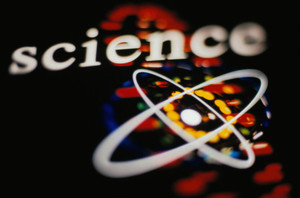Members of the Biosimilar Medicinal Products Working Party at the EMA expressed the need to propose a more precise definition for biosimilars due to problems arising from imprecise usage of the term biosimilar in the literature [1].
In the EU, any biosimilar submitted for approval is assessed through a thorough comparability exercise with the reference product. This includes a comparison of the quality attributes and is followed by comparative nonclinical studies, if considered necessary for safety reasons, and clinical studies, to ensure comparability of the physicochemical characteristics, safety and efficacy. A biosimilar is intended to be used at the same dose(s) and dosing regimen(s) to treat the same disease(s) as the reference product.
Therefore, although there is a reduction in the data requirements for biosimilars, the data required is nevertheless substantial. This ensures that the biosimilar medicine is indeed similar and as safe and effective as the biological reference medicine.
The problem seems to be, however, that various terms have emerged in different parts of the world for copy versions of original biological medicinal products, including biosimilars, follow-on biologicals/biologics, subsequent-entry biologicals/biologics, similar biopharmaceuticals, me-too biologicals/biologics, biogenerics or non-innovator proteins. To add to the confusion, different definitions of the same term are being used in different geographical locations.
Some issues identified by the authors include:
- some products, e.g. certain low molecular weight heparins, have been termed biosimilars, however, it is not clear whether they were developed in a comparative manner
- different formulations of biologicals have been termed biosimilars, however, these do not qualify as true biosimilars because of obvious differences in physicochemical characteristics, doses and dosing regimens
- second-generation proteins—analogs with differences in the primary structure—have been misinterpreted as biosimilars
- the term biosimilar has incorrectly been used to describe counterfeit medicines.
For these reasons the authors recommend that ‘any copy version of a therapeutic protein, which has not been developed and assessed in line with the scientific principles of a strictly comparative development program against a reference product, should not be termed biosimilar’.
The proposal is therefore that the following definition be used for biosimilars:
‘A biosimilar is a copy version of an already authorised biological medicinal product with demonstrated similarity in physicochemical characteristics, efficacy and safety, based on a comprehensive comparability exercise’.
If you are interested in contributing a research article in a similar area to the GaBI Journal, please send us your submission via science@gabi-journal.net.
Related articles
A biosimilar by any other name …
Immunogenicity of biosimilar low molecular weight heparins
Reference
1. Weise M, Bielsky M, De Smet K, Ehmann F, Ekman N, Narayanan G, et al. Biosimilars—why terminology matters. Nature Biotechnology. 2011;29:690–3.








 0
0











Post your comment